Celestials: Stormgate's Third Faction
It's been a long time coming, but Frost Giant is finally ready to provide information on their third faction - a race of dimension-hopping quantum angels called the Celestial Armada. For those that have been following Stormgate's development, these broad strokes shouldn't be much of a surprise. Frost Giant has been heavily leaning into Abrahamic themes with the Infernal faction, even stating at one point that a previous incursion by the Infernal Host was the source of demonic myth on Earth. It should come as no surprise, then, that the Celestial Armada would express a similar idea.
Make all the bases, and then defense them?
Traditional blizzard RTS factions follow a very simple formula - you start with one base that you slowly grow in your quest to earn the resources and space required to build a powerful army and win the game, or, in the immortal words of former Starcraft 2 Pro WhiteRa, "Make [your] expand and then defense it."
This dynamic has been a common one across all Blizzard-style RTS games, but the Celestials dare to ask a very simple question - what if that base wasn't really base? Some maps and metas have added flexibility to this rule in Starcraft's past, with Bomber floating a main base over to a gold mineral patch in one of Starcraft 2's greatest games, or Maru's penchant for proxies, and my cheese-hungry friend would often joke about his base being wherever he builds his structures on the map. The Celestials, however, go even further against the grain. Instead of centralizing production around a number of town halls you build over the course of the game, a Celestial player gets one Arcship at the start of the game that serves as both mobile town hall, energy field, and (when landed) defensive structure.
That's not to say all Celestial structures are mobile. The Arcship (later upgraded to an Arcstation) and collection arrays are able to fly around, but the rest of the Celestial structures are stuck where you warp them in. That's not to say you're stuck centralizing your production, however, as Celestial players are able to designate one of each of the basic production structures as the "Prime" structure, and build all units through those. One can imagine a good Celestial player scattering Bastions (Biosynth Production) and Mainframes (Mecha Production) around the map and dynamically changing their Prime structure to respond to the game.
(Un) Limited Power!
Instead of the traditional supply framework, Celestials need to generate Power to build and/or use their structures and top bar abilities ("Astral Interventions.") A Celestial player could feasibly reach their maximum supply with only one production structure, but it would certainly take a while.
Power is not the only resource required, however. Much like Starcraft 2's protoss, Celestials will have to build all their structures in something called a "Cascade Field" - a circular zone surrounding most structures. While this does slow down the potential growth of Celestial outposts on the map, the Arcship is a portable Cascade Field that allows you to place buildings near your central structure.
Speaking of Astral Interventions, while most of the concepts are fairly standard (scan somewhere on the map, turn a building into a defensive structure for a time), they do also provide a different way of interacting with creep camps. When you tech up to an Arcstation, you'll be able to abduct an entire creep camp into the sky to gain 100% of it's resources without committing units to the endeavor. These powerful abilities do come with a cost, however. When an ability is on cooldown, they will consume a significant amount of power. Players will have to balance the rapid expenditure of multiple abilities with a heavy power cost while they come off cooldown.
Units
On top of several interesting ways to interact with the map, the initial list of units for the Celestials is exciting in its own right. As a race of technologically advanced biosynths served by automated mechas, the Celestials rely heavily on energy to augment the utility of their units. This showcases itself in both offensive power (Argents can fire empowered shots when they have enough energy), defensive strength (Shrikes can spend energy to briefly become immobile), mobility, and overall utility. Here's what we know about the units right now, broken up into Tier 1 and Tier 2 (requiring an Arcstation) units.
Tier 1
Prism
A floating crystal specialized for harvesting Therium efficiently at a greater distance. Can also reinforce a Collection Array to extract Luminite faster.
Argent
A heavy-hitting ranged siege unit that can empower its attacks for a brief time to deal more damage.
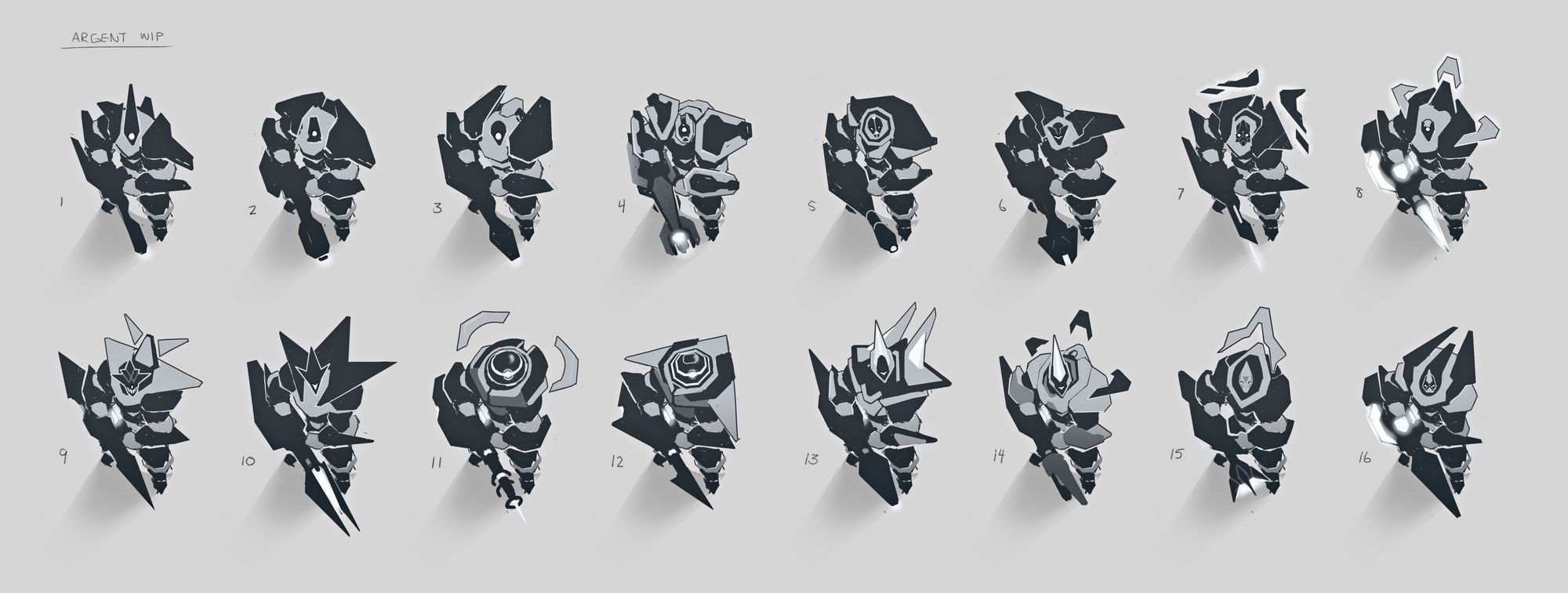
Scanner
A mobile scout unit that can perch on top of a tree and tag enemy passerby to track their movements.
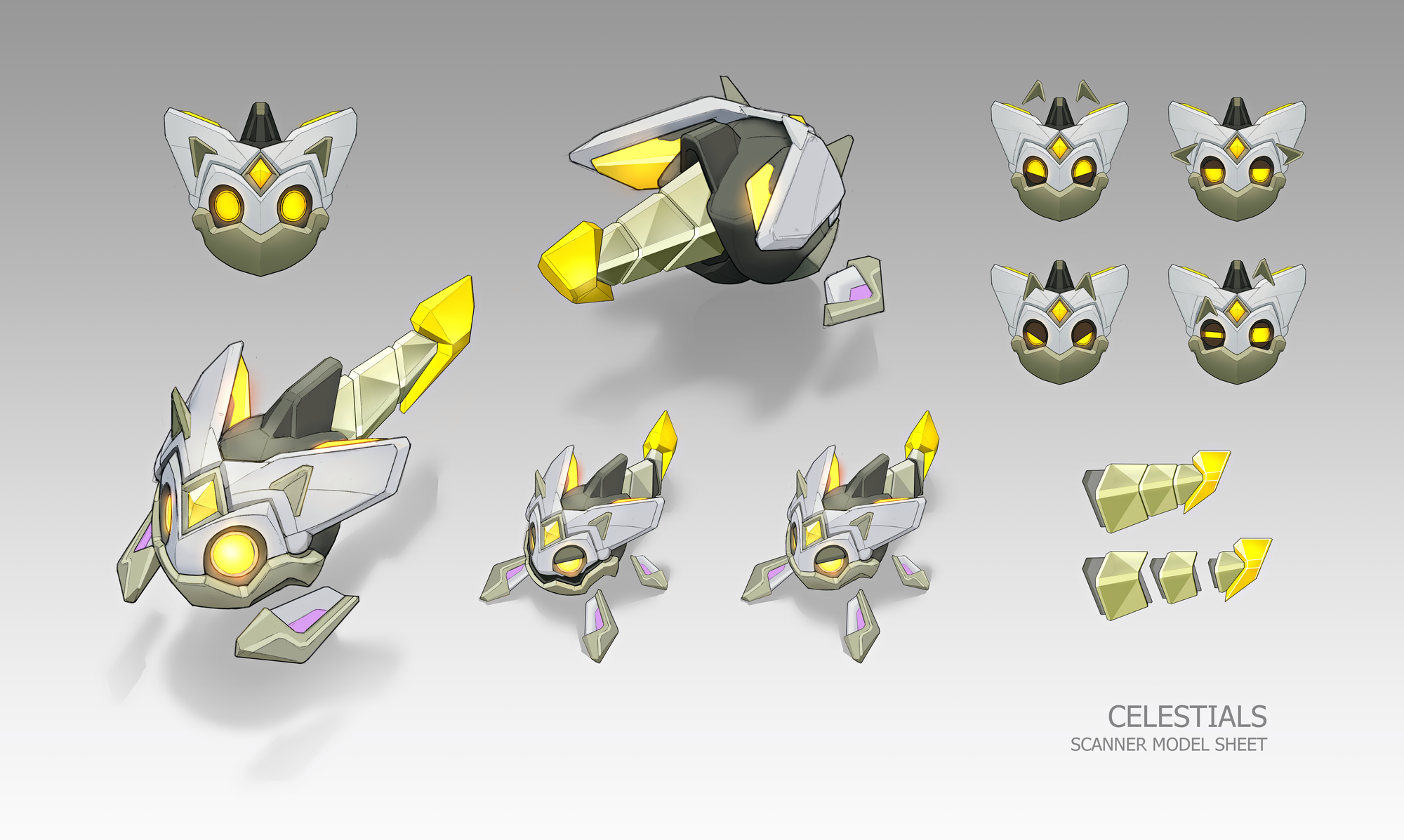
Kri
A high-damage skirmisher that can roll into a fast-moving, compact form that slashes at all nearby enemies and explodes upon death after a brief delay.
Tier 2
Vector
A highly maneuverable ranged attacker that can offensively teleport to unleash a barrage of missiles at the expense of increased vulnerability before returning to its original position.
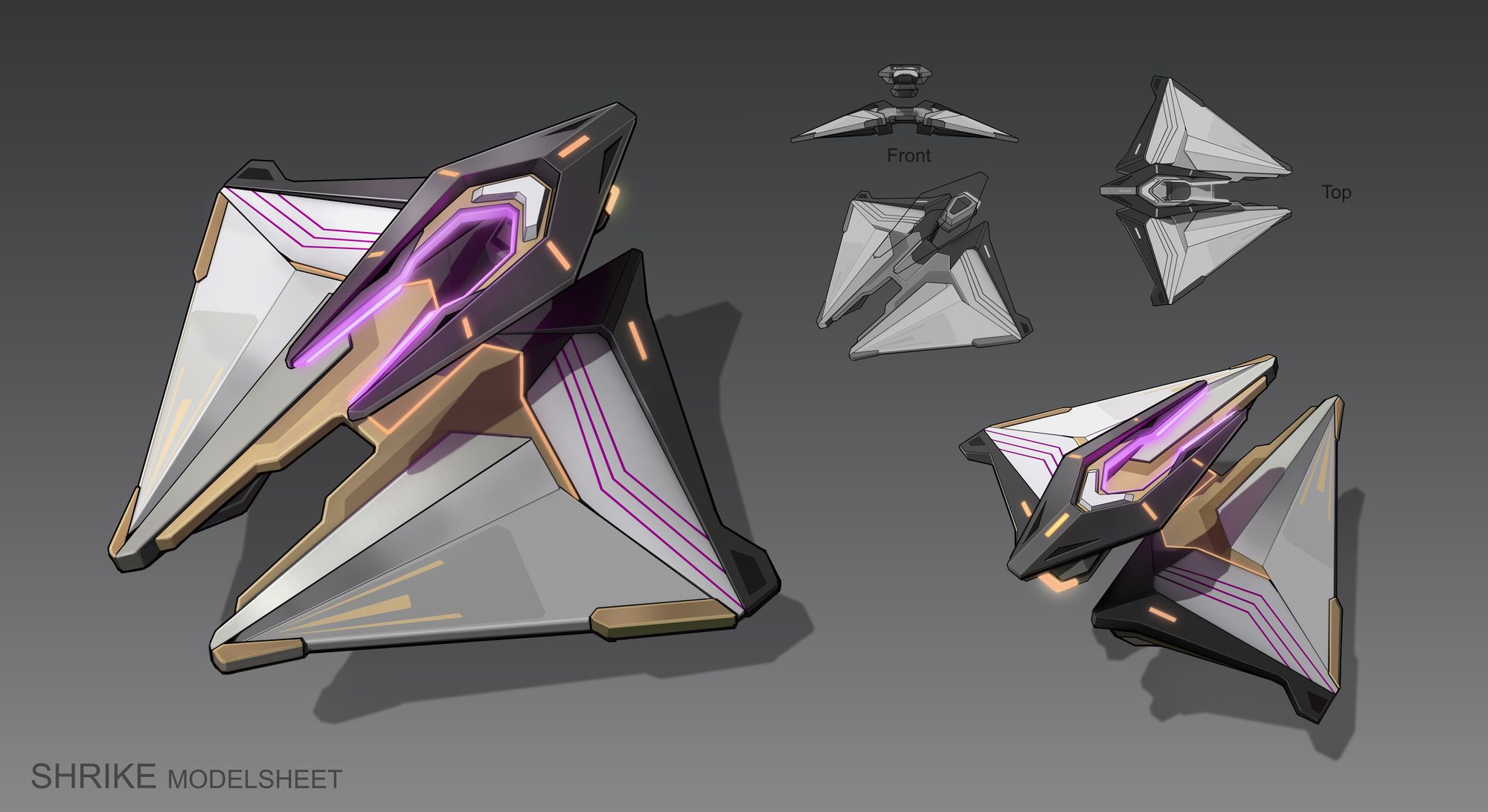
Scythe
A fast flying harassment unit specialized for harassment. Deals more damage when closer to its target, and can become temporarily invulnerable to damage.
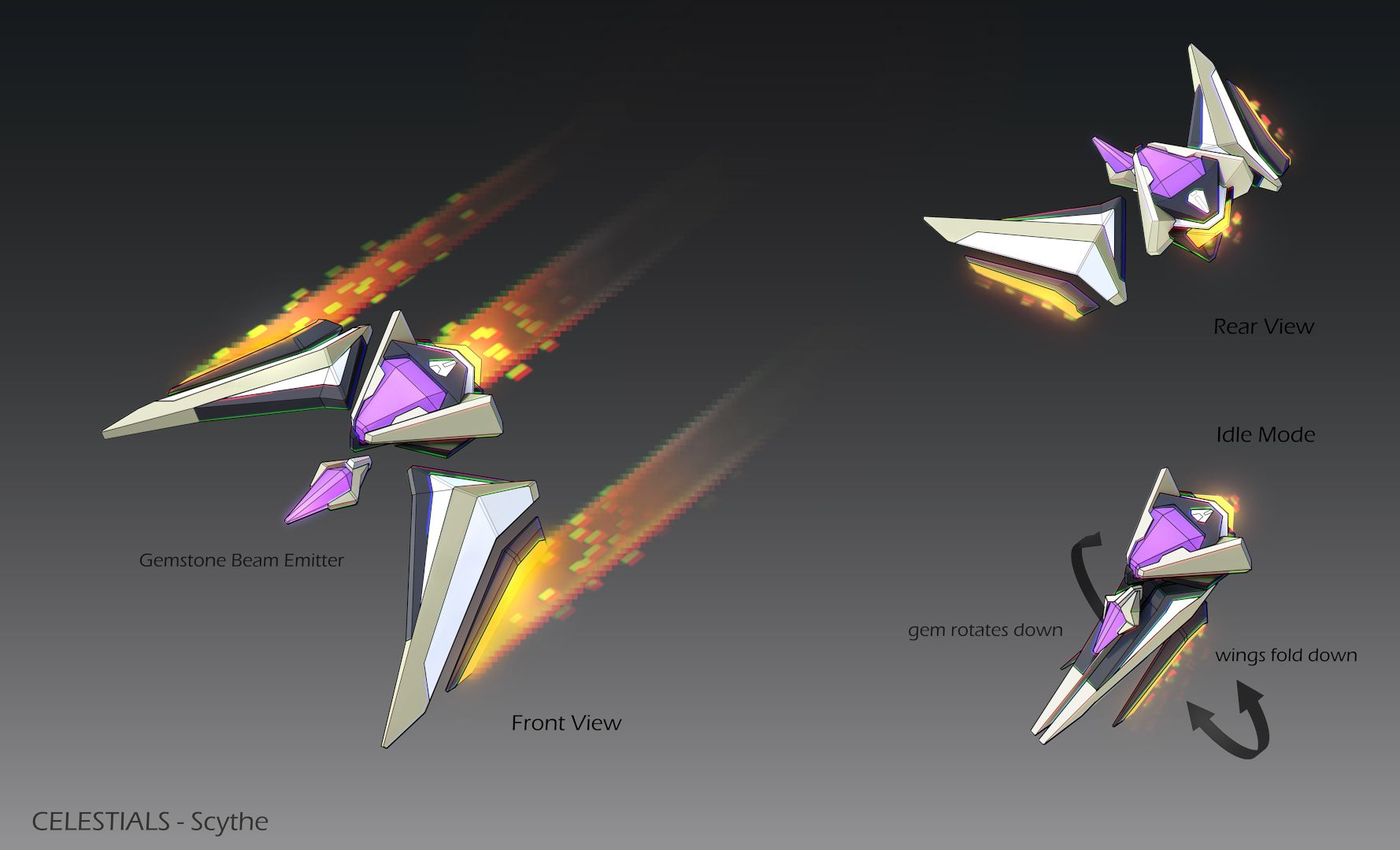
Saber
A heavy ranged skirmisher that shares a cooldown between a temporary movement speed boost and a self-repair ability.
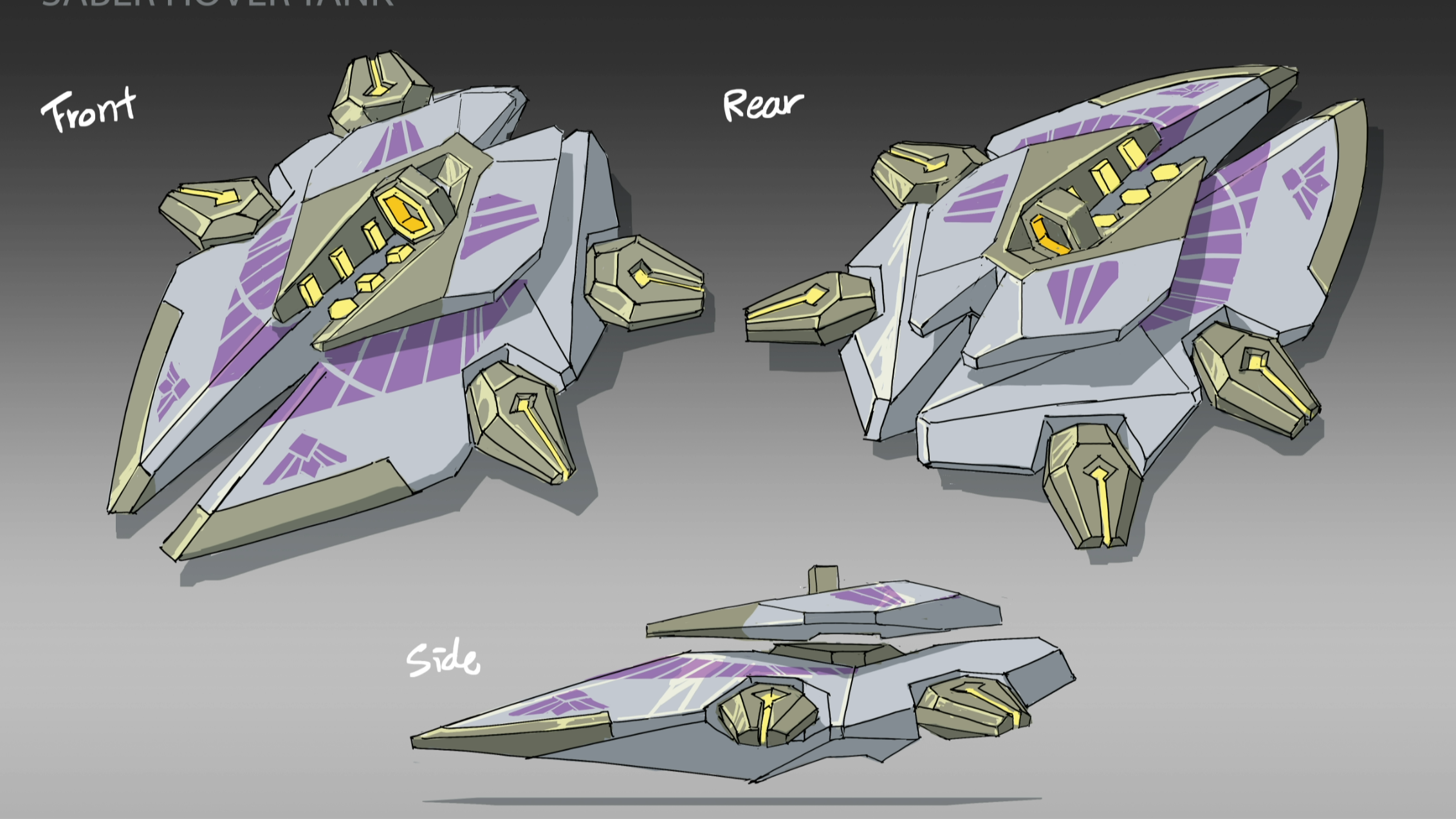
Cabal
A versatile caster that can debuff foes, temporarily lift or ground enemy foes, and sacrifice itself to take permanent control of enemy ground units.
Animancer
A supportive caster that can drain the health and energy of foes and redistribute it to allies, cloak friendly units and structures, and channel a damaging and slowing singularity field.
